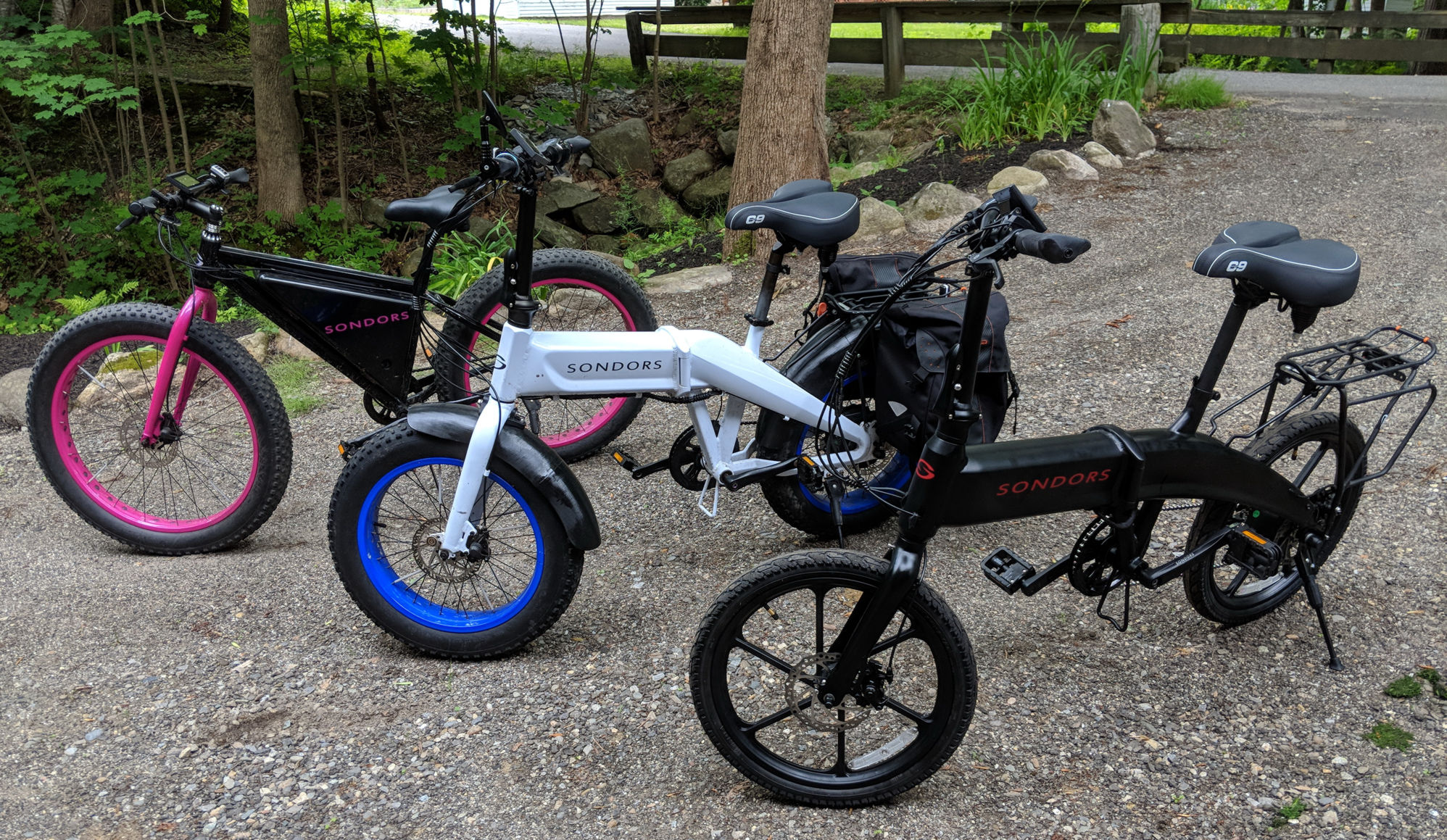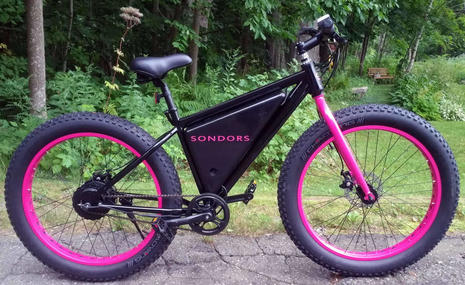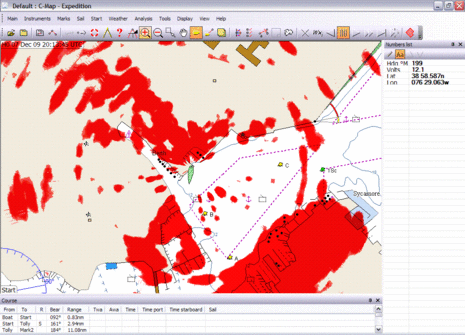eToys: hydrofoil ebike versus efoil boards

Yes, there’s now a pedal-assisted hydrofoiling water bike. And it certainly deserves consideration as I contemplate new toys for the garage of my fantasy expedition megayacht. But while that research left me skeptical about how enjoyable the foiling ebike design really is, some related poking around the dynamic world of powered foiling boards — commonly called efoils — definitely perked up some deep winter hours.
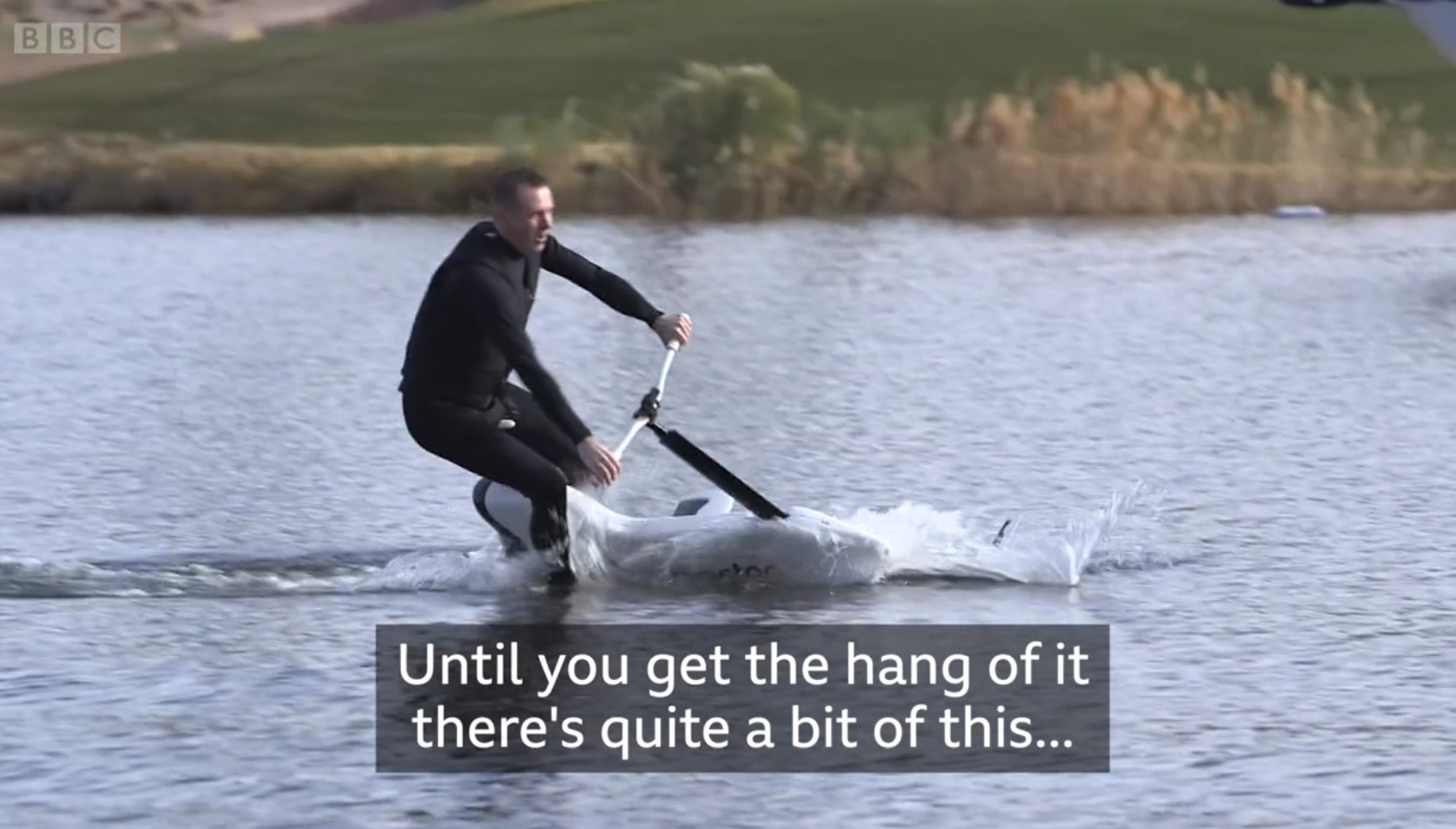
The Manta5 Hydrofoiler XE-1 purports to “replicate the cycling experience on water” and it can now be preordered for spring delivery at the $7,490 introductory price. XE-1 demos were offered to the press at the huge CES 2020 show last week and so I learned about it — thanks, Brian! — via a link to a BBC reporter’s intrepid video tryout. I admired his pluck and figured that all his falls simply indicated a somewhat steep learning curve. But then I watched Manta5’s learning videos.
Because the XE-1 has very little floatation or stability at rest, it’s hard to get the foils moving fast enough to lift and stabilize your ride, and then you can’t stop without a dismount that easily lacks grace. You don’t just hit the brakes and put your foot on the ground to enjoy the view or whatever, bike style. In fact, you need to be careful of that underfoot propeller, which is why it’s only powered when you peddle.
The basic bicycle strikes me as a wonderfully efficient and simple design, with electric assistance rapidly growing as a valuable option (and the real world boat toy I highly enjoy). But bikes are about wheels on land, and I’m not sure the concept translates well to a floating vehicle even with foil and electric assist. On the other hand, cruising around on the Manta5 XE-1 looks very pleasant, and if you get one for your yacht garage, please invite me over.
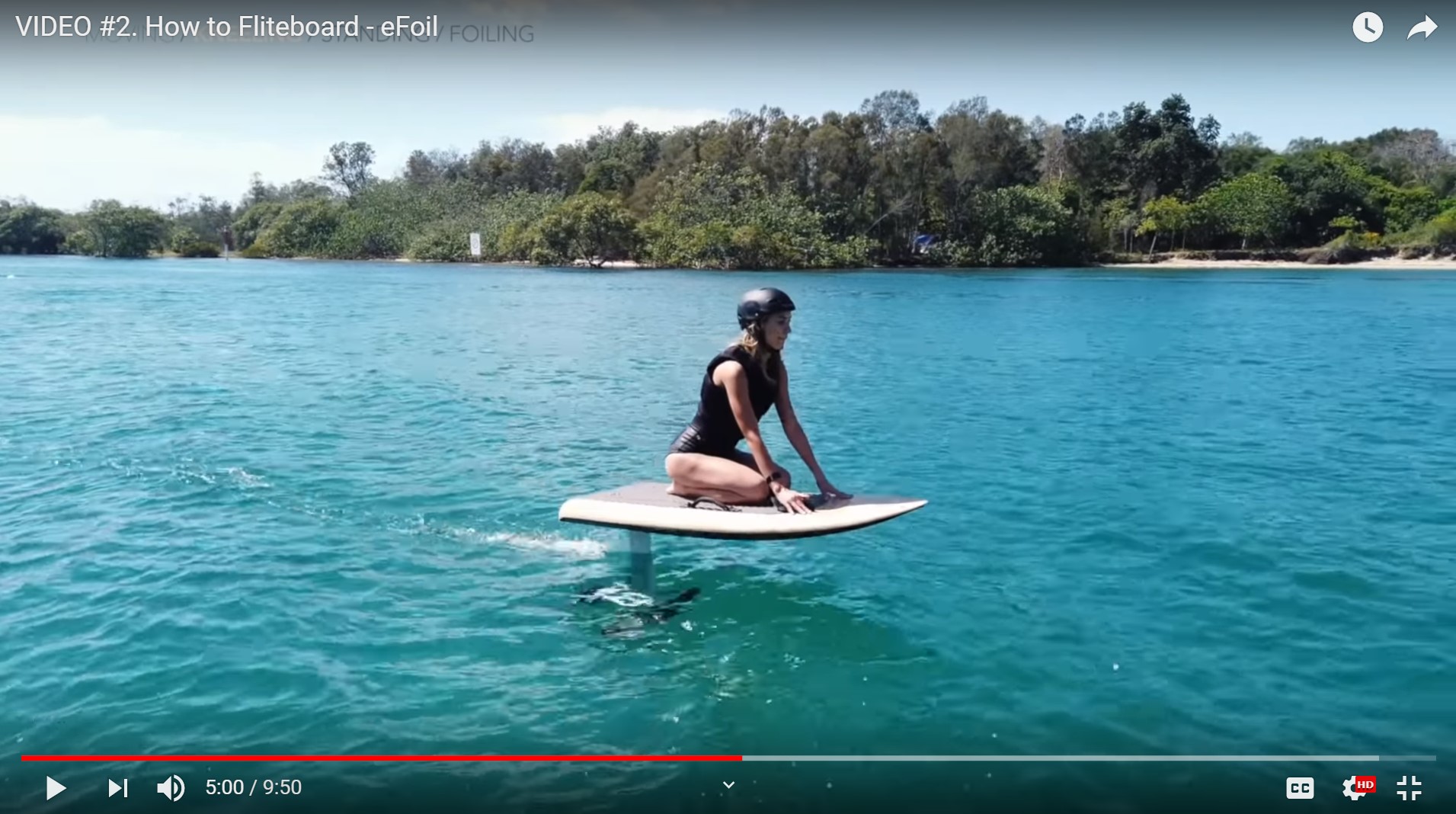
So as simple bikes evolve toward more fun (and utility) on land, what’s actually similar on the water? I’m thinking the dugout logs that became surfboards, then windsurfers, and now sprout foils and even kites. I would love to kite foil. But given the years spent becoming a moderately capable windsurfer (at a much younger age) — plus knowing how the thrills require ever rarer winds and seas as you improve — efoiling looks like a doable and quietly thrilling alternative.
If you watch the How to Fliteboard video (where I took the screenshot above), you’ll see that an efoil acts way more like a boat than the foiling ebike, so you can learn the foiling part on a much more gradual curve. Heck, you can even stop the board and enjoy the scenery, or use the wireless controller to motor back into shallow water in displacement mode while lying relaxed on the board.
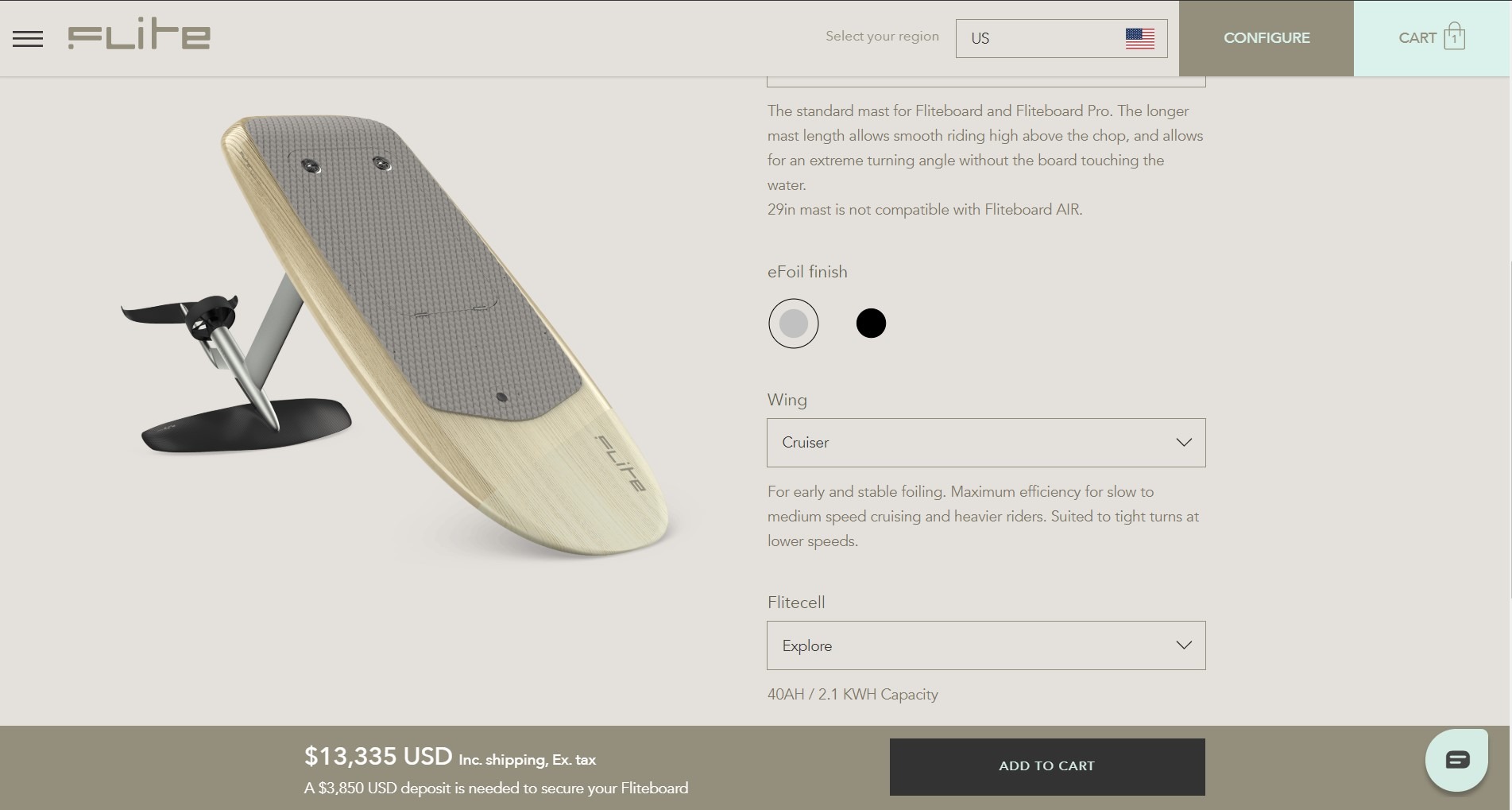
But there is a lot of tricky technology to an efoil, and I gather it has to be first-class for an old lug like me to actually stand up and fly. So, yeah, my fantasy Fliteboard efoil rings in at $13,335, and its clever modular design means I might be tempted to collect alternate board sizes, wing shapes, and/or mast depths, not to mention extra lithium batteries.
Then again, the well done electric propulsion webzine Plugboats identified 12 companies currently working on efoil designs — which tends to confirm the fun factor — and many hope to deliver more affordable models. There’s even an active DIY efoil community.
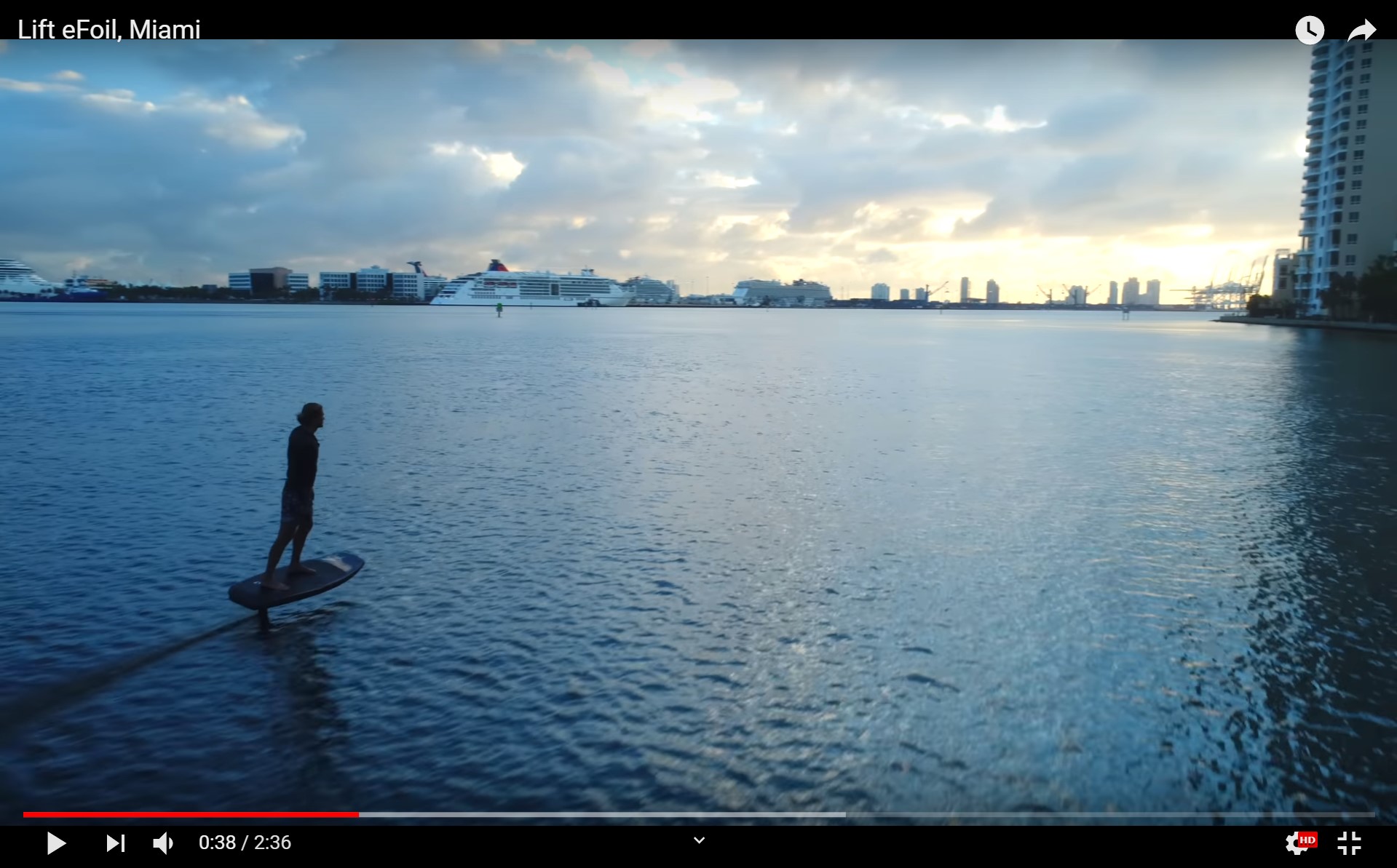
Besides, how high would you value this dawn efoil flight along the Miami waterfront? Is there any cooler way to buzz the big boat show that will soon take place in the distance? But I get ahead of myself. Probably the best way to explore efoiling is a visit to one of the flight schools offered by Lift, or by Fliteboard. Rincon, Baja, Dubai, or Antibes? With the air temp here at one digit Fahrenheit, a minus sign possible, this is a worthy research project.


